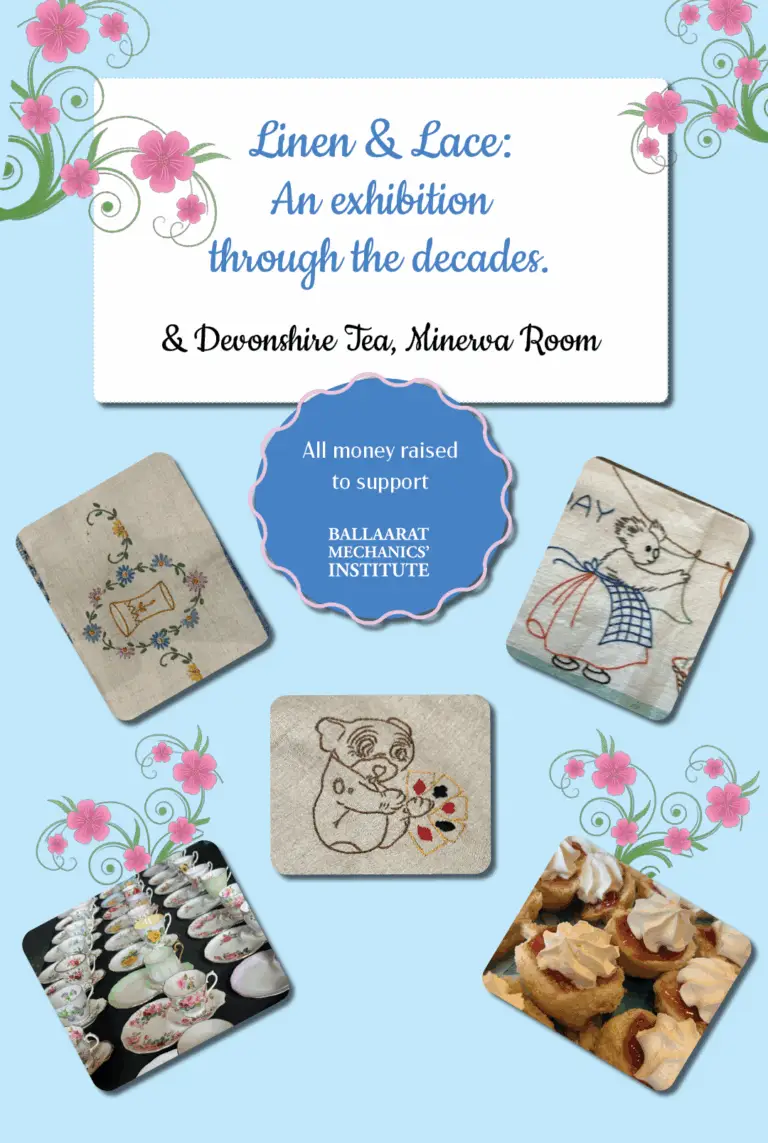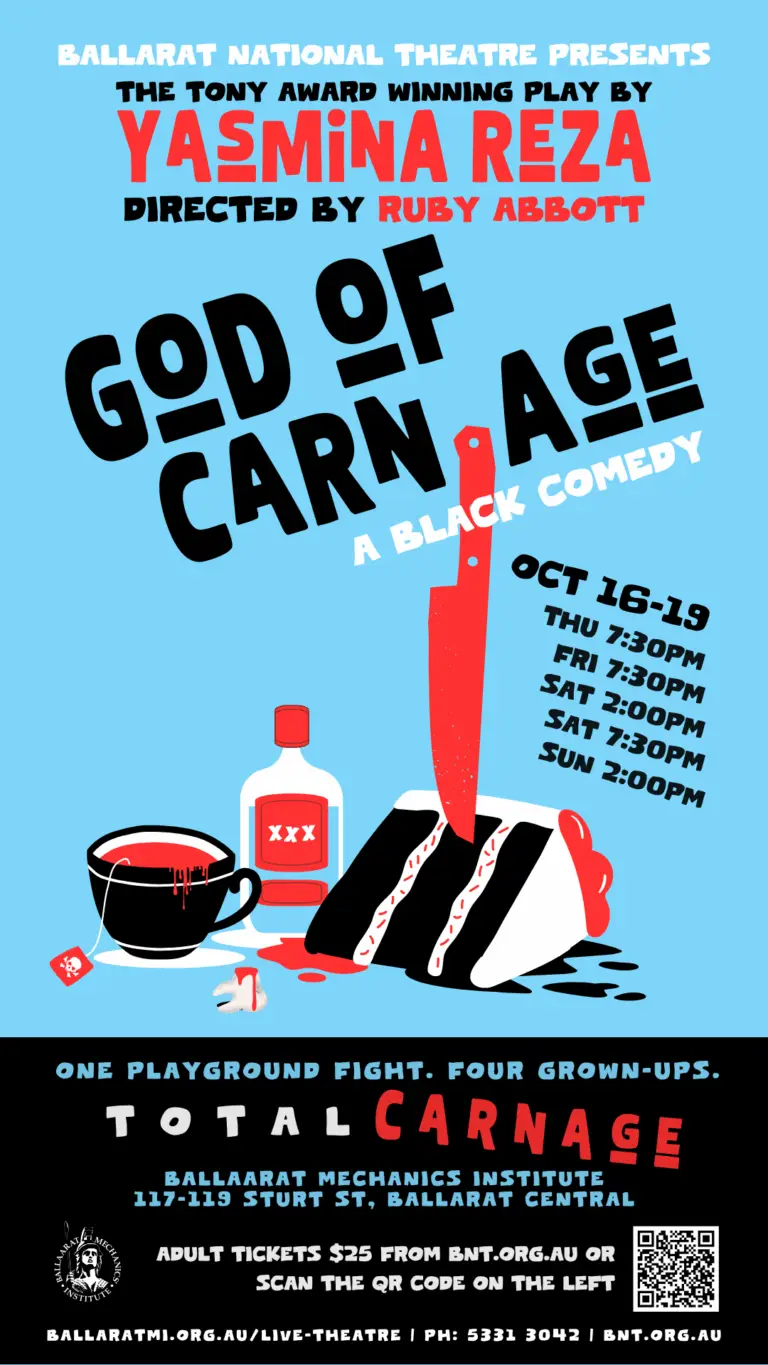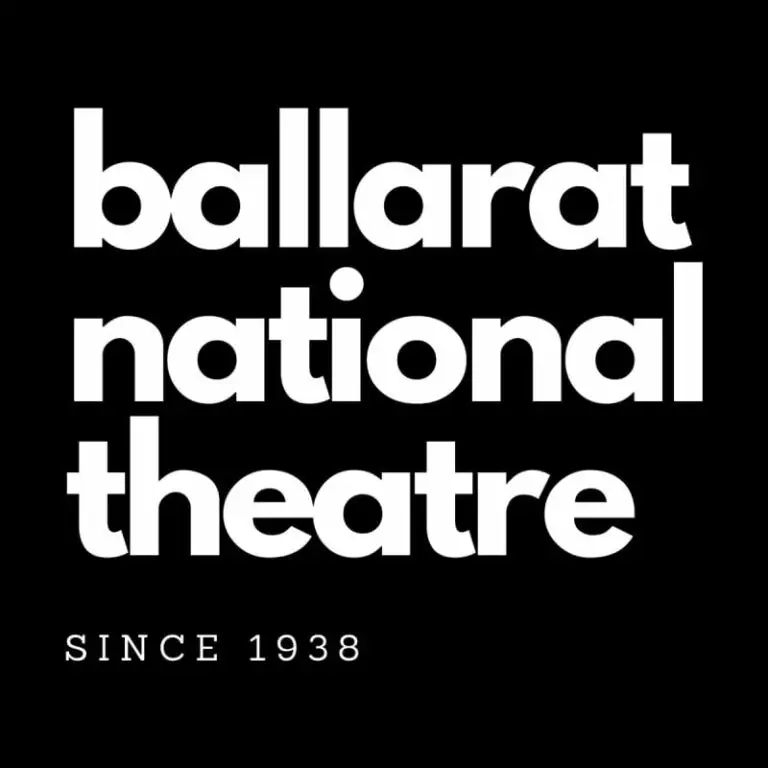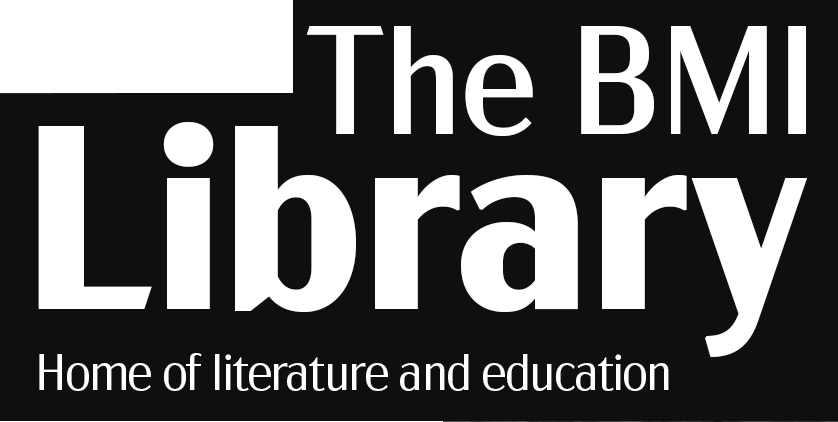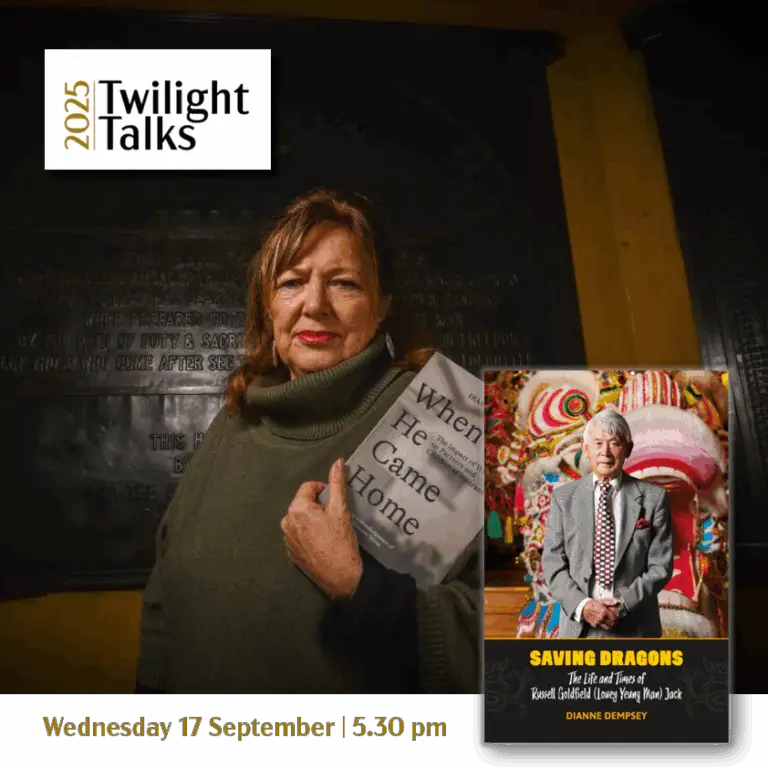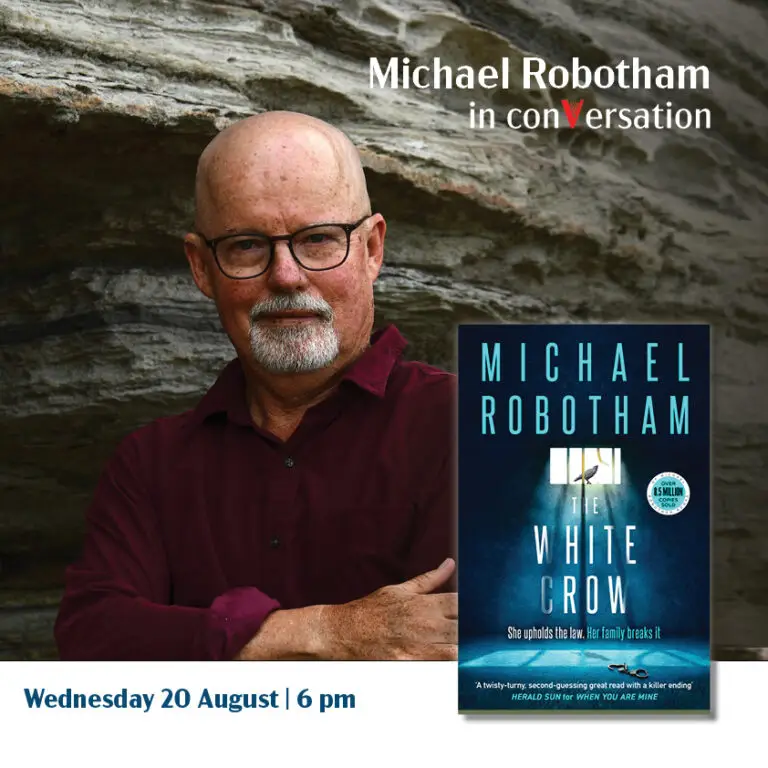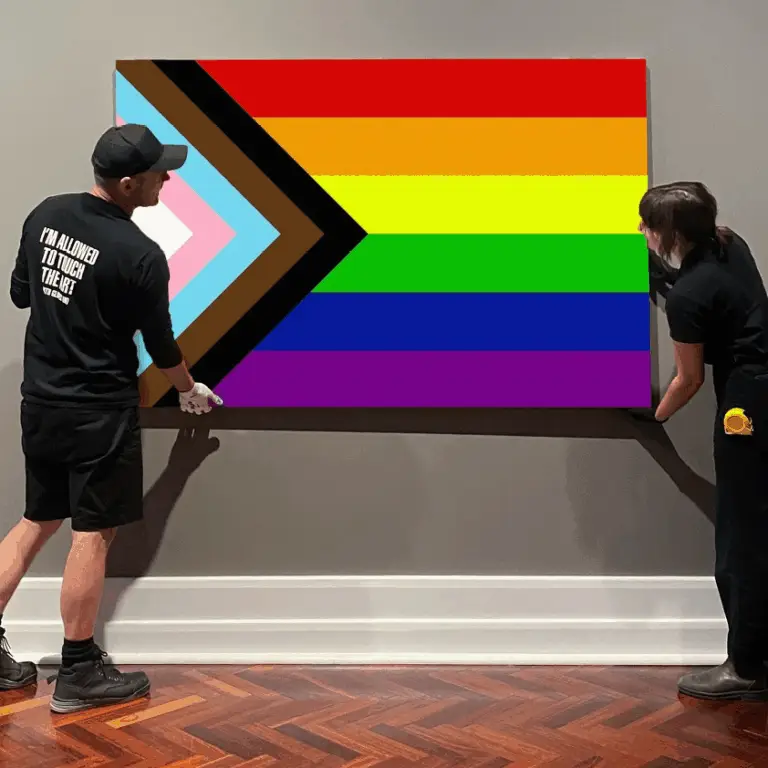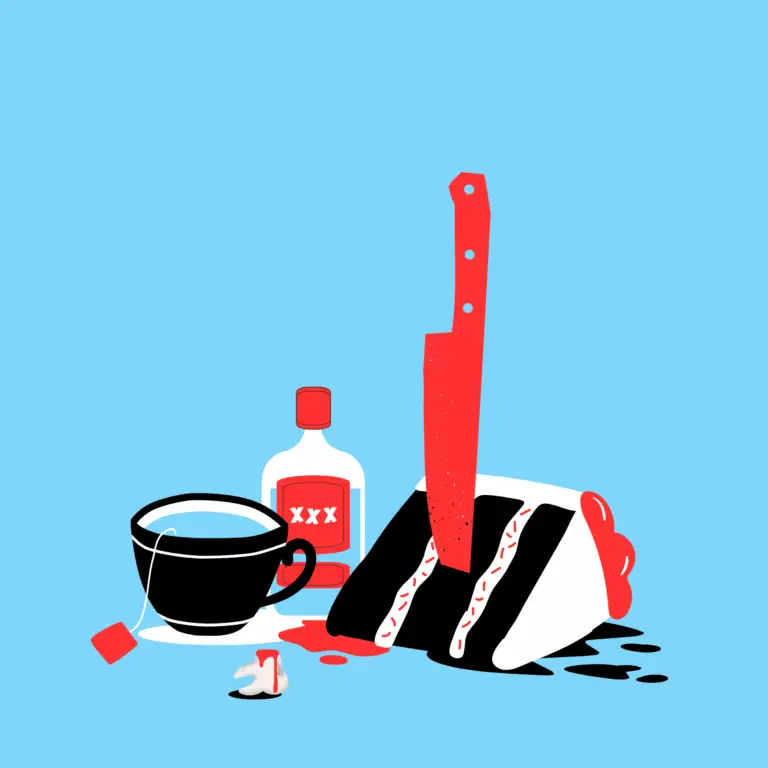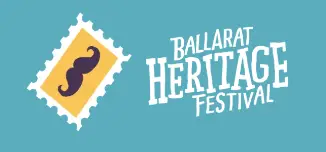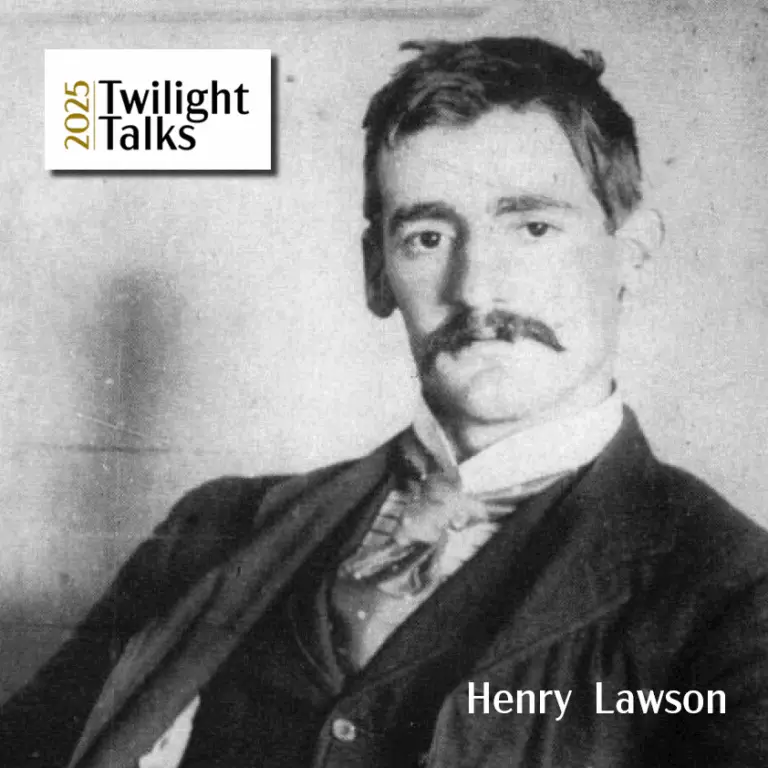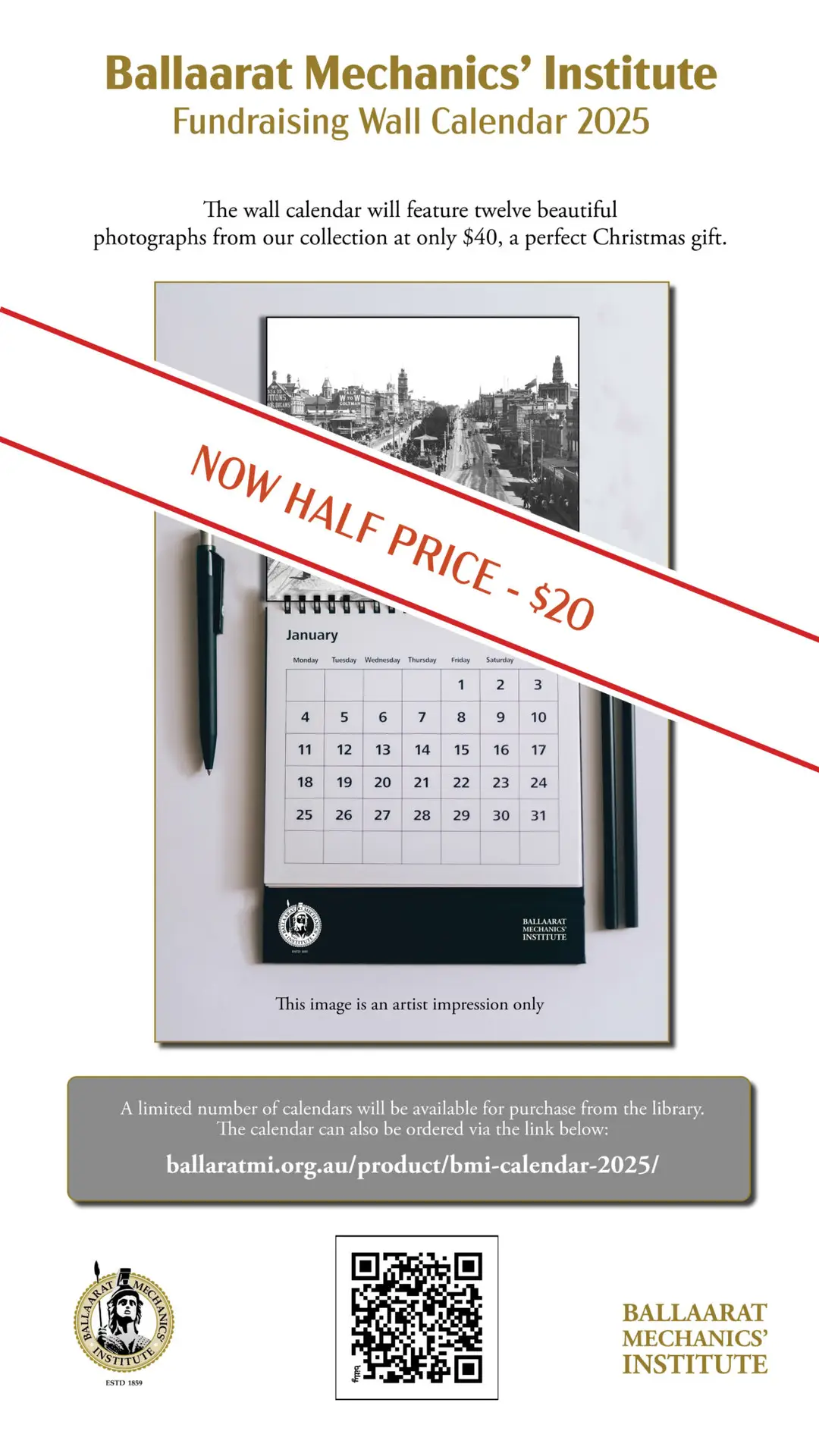William Hogarth
The Ballarat Mechanics Institute have in the extensive heritage collection of rare books a complete volume of the works of William Hogarth.
This publication is the 1822 (1837) edition of plates restored by James Heath, Esq.,R.A.
There are a total of 116 full page plates, some 40 pages having multiple engravings.
Although the covers and the spine of the book have deteriorated, most of the plates are in excellent condition, with very little or no foxing. The heavy card on which the plates are mounted is very brittle, and some corners of the mounts show cracks or tears. However the actual engravings, being on a lighter but better quality paper, are mostly intact. All plates are bound into the original volume.
Inspection of the plates may be had on application to the librarian, and a suitable time for showing can be arranged. They are not on permanent display in the heritage library.
.
A Harlot's Progress plates
A Harlot’s Progress (also known as The Harlot’s Progress) is a series of six paintings (1731, now destroyed) and engravings (1732) by the English artist William Hogarth. The series shows the story of a young woman, M. (Moll or Mary) Hackabout, who arrives in London from the country and becomes a prostitute. The series was developed from the third image. After painting a prostitute in her boudoir in a garret on Drury Lane, Hogarth struck upon the idea of creating scenes from her earlier and later life. The title and allegory are reminiscent of John Bunyan’s Pilgrim’s Progress.
In the first scene, an old woman praises her beauty and suggests a profitable occupation. A gentleman is shown towards the back of the image. In the second image she is with two lovers: a mistress, in the third she has become a prostitute as well as arrested, she is beating hemp in Bridewell Prison in the fourth. In the fifth scene she is dying from venereal disease, and she is dead at age 23 in the last.
Source: Wikipedia
A Rake's Progress plates
A Rake’s Progress (or The Rake’s Progress) is a series of eight paintings by 18th-century English artist William Hogarth. The canvases were produced in 1732–1734, then engraved in 1734 and published in print form in 1735. The series shows the decline and fall of Tom Rakewell, the spendthrift son and heir of a rich merchant, who comes to London, wastes all his money on luxurious living, prostitution and gambling, and as a consequence is imprisoned in the Fleet Prison and ultimately Bethlem Hospital (Bedlam).[3] The original paintings are in the collection of Sir John Soane’s Museum in London, where they are normally on display for a short period each day.
The filmmaker Alan Parker has described the works as an ancestor to the storyboard.
Source: Wikipedia
The Four Times of the Day plates
Four Times of the Day is a series of four oil paintings by English artist William Hogarth. They were completed in 1736 and in 1738 were reproduced and published as a series of four engravings. They are humorous depictions of life in the streets of London, the vagaries of fashion, and the interactions between the rich and poor. Unlike many of Hogarth’s other series, such as A Harlot’s Progress, A Rake’s Progress, Industry and Idleness, and The Four Stages of Cruelty, it does not depict the story of an individual, but instead focuses on the society of the city in a humorous manner. Hogarth does not offer a judgment on whether the rich or poor are more deserving of the viewer’s sympathies. In each scene, while the upper and middle classes tend to provide the focus, there are fewer moral comparisons than seen in some of his other works. Their dimensions are about 74 cm (29 in) by 61 cm (24 in) each.
The four pictures depict scenes of daily life in various locations in London as the day progresses. Morning shows a prudish spinster making her way to church in Covent Garden past the revellers of the previous night; Noon shows two cultures on opposite sides of the street in St Giles; Evening depicts a dyer’s family returning hot and bothered from a trip to Sadler’s Wells; and Night shows disreputable goings-on around a drunken freemason staggering home near Charing Cross.
Source: Wikipedia
Marriage A-la-Mode
Marriage A-la-Mode is a series of six pictures painted by William Hogarth between 1743 and 1745, intended as a pointed skewering of 18th-century society. They show the disastrous results of an ill-considered marriage for money or social status, and satirises patronage and aesthetics. The pictures are held in the National Gallery in London.
This series were not received as well as his other moral tales, A Harlot’s Progress (1732) and A Rake’s Progress (1735), and when they were finally sold in 1751, it was for a much lower sum than the artist had hoped for.
Source: Wilipedia

